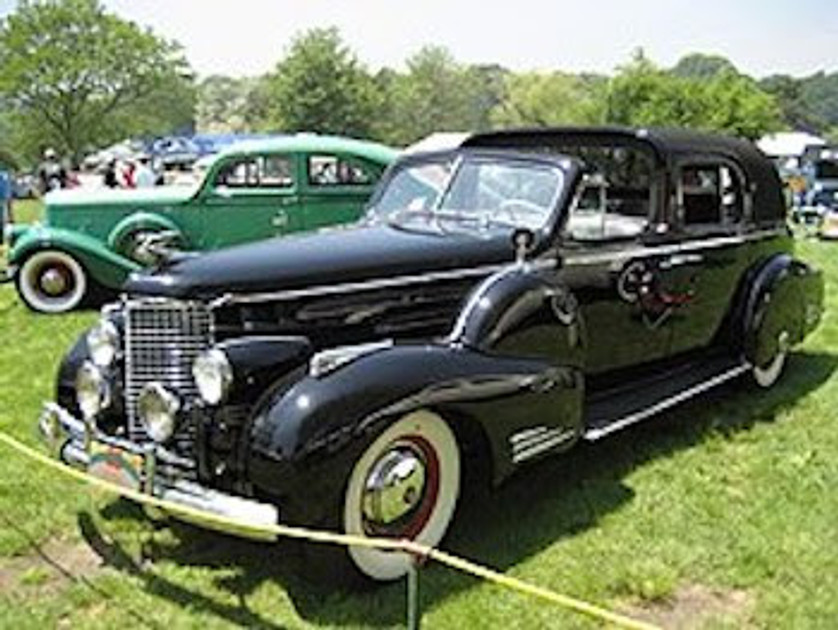1937 to 1948 Cadillac and LaSalle
Aug 28th 2021
After the Great Depression, the auto industry was in shambles – especially the luxury market. Cadillac saw its sales decline by 84% between 1928 and 1933, to just 6,736 vehicles. Cadillac also had a policy, reflective of the times, that discouraged sales to African Americans, which added to their financial woes.
Nick Dreystadt, a mechanic that acted as National Head of the Cadillac Service, urged them to set up a committee to decide whether the Cadillac brand would keep that policy. They voted, and the policy was revoked. Immediately, sales increased by 70% in 1934, and Dreystadt was rewarded with a promotion to lead the entire Cadillac division.
During this time, General Motors and Cadillac were also trying to operate another luxury model line, the LaSalle, under the Cadillac division. But despite the beauty of those cars and their pedigree, it was struggling to get that brand off the ground. They even redesigned it to be essentially a Cadillac at a lower price point, but it didn’t help sales, and they eventually absorbed it into the Cadillac brand.
By 1940, sales had risen tenfold. Dreystadt released the Series 60 in ’36 as their entry to the mid-priced vehicle market, and then the Series 61 in ’39, both of which saw success for years. Cadillac also integrated assembly line technology into their production line, cutting down on their assembly times. Henry F. Phillips himself – inventor of both the Phillips Screw and Phillips Screwdriver, spoke to General Motors about integrating his new screws into their production process, and the result was a massive improvement in profits.
By 1941, all of Cadillac’s cars shared the same basic V8 flathead engine and drivetrain, and introduced the optional Hydra-Matic: the first mass-produced fully automatic transmission. All Cadillac vehicles prior to 1956 were wired with the 6 volt positive ground car before switching to the new, more popular 12 volt electrical setups.
The 1942 M5A1 WWII era tank along with several other tanks of the time were built and powered by two Cadillac V-8 engines rated at 110 HP each along with two GM Hydra-Matic Transmissions.
The Flathead V8’s 6 volt generator is mounted in the center of the engine with an integrated belt tension front frame, making it difficult to reconfigure most any 12 volt alternator. It’s why we at Vintage Auto Garage partnered with several Cadillac limo owners to develop both a 6 volt positive ground and 12 volt negative ground alternators capable of replacing the old low output generators.
You can find a 6 volt to 12 volt conversion kit for these vehicles by clicking here.

